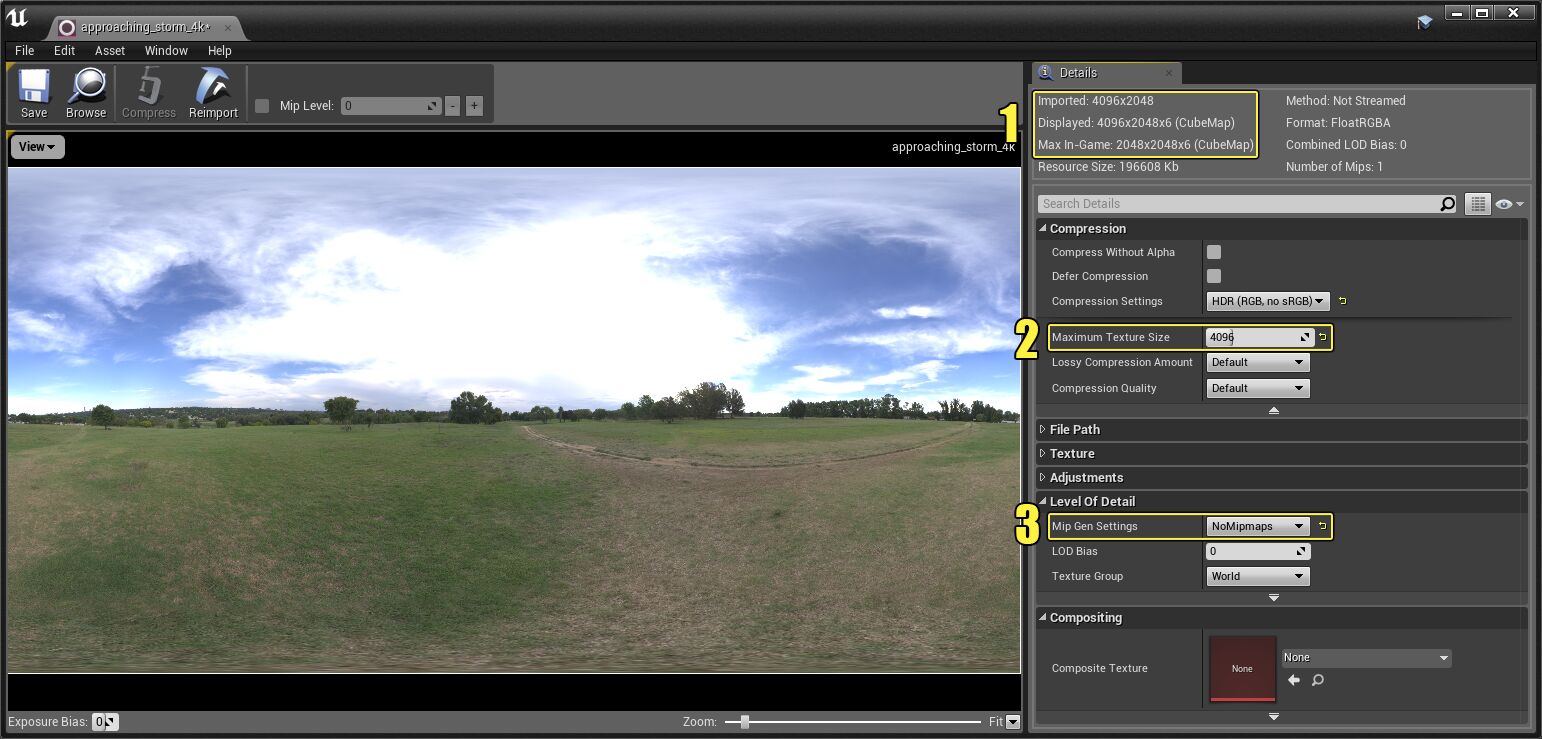
With the Render Hairs option checked on (enabled by default), our Hair Object will use Redshift's Hair-Strand primitive generated at scene conversion time. There are a few options in the Generate tab of the Hair Object, that will effect how our hair will render with Redshift. Hair Min Pixel Width Hair Object Generate More information on the Hair Min Pixel Width can be found here. We are going to enable Hair Min Pixel Width which will allow for cleaner results without having to crank up our unified sampling.

Redshift is taking all these attributes into account so we are getting a much more natural looking result compared to the flat boring hair shown above.īefore we render let's take a look at at the Optimization tab in Redshift's Render Settings. Let's adjust the Thickness, Length, Frizz, Kink and Curl to add some life and randomness to our hair. Now that we have adjusted the specular, let's take a look at some of the other parameters inside of the Hair Material. So we are going to lower the strength down to 1-2%.

Due to the way Redshift's hair model is set up, the Cinema 4D Hair material's specular has an extremely strong effect in Redshift. Now the reason our hair looks like it has no material applied or the color channel is not working, has to do with the specular channel. If the Hair object, is not visible make sure you have the Hair Render post effect added and checked, so Cinema 4D exports the hair for Redshift.


 0 kommentar(er)
0 kommentar(er)
